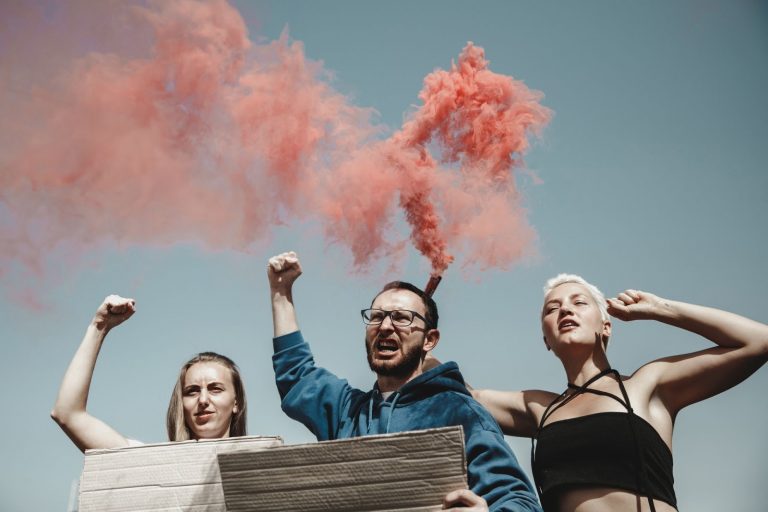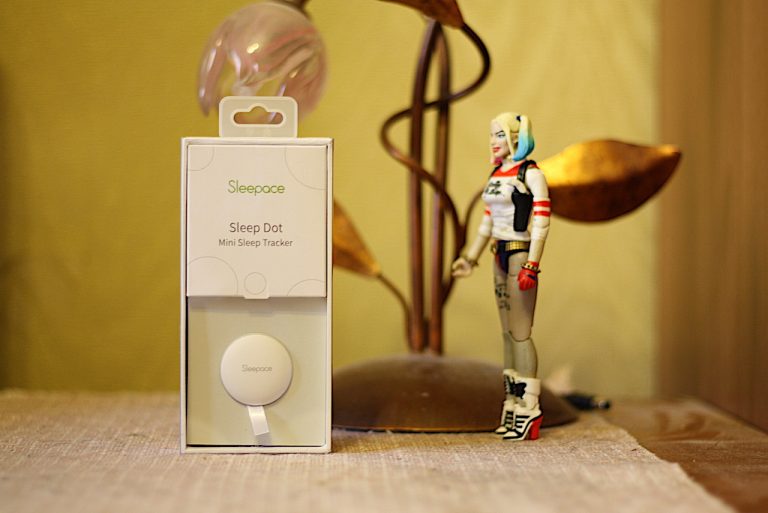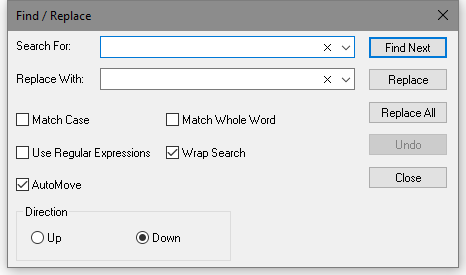An introduction to neuroaesthetics for designers. Part 0
Now I'll let you listen fragment of audio recording:
Now listen this entry:
The first is the ordinary sounds of the city
Second – “The Dance of Anitra” by Edvard Grieg
Even if you are not a fan of classical music: why is it that after listening to these two audio recordings and even fully recognizing the sounds, the second brings us more pleasure than the first?
Along with pattern recognition in our brain, another interesting effect manifests itself in full growth:
The neural signal that comes from your auditory nerve when you listen to certain sounds.can be more intense or weaker depending on what kind of sounds you listen to.
When you walk down the street and listen to the buzz of the city around you, the brain filters most of these signals as unimportant. We them we stop noticing.
But when you listen to music, many sounds of different frequencies, being ordered, forming a single rhythm, merge and form single signals, stronger than those that come from ordinary disordered noise.
This can be compared to how if many small signals separately are not able to produce any effect on your brain, but when ordered, forming a rhythm – the neural signal from such sounds will be more intense and many neural impulses emanating from your auditory nerve will (I express myself in as rough and understandable language as possible) roll over your brain, making its way, involving many different parts of it: causing emotions and associations.
Neural signals received from our sensory apparatus, which create synchronized waves of neural impulses that flow through our brain – called spikes.

Important: this term is often used in medicine when diagnosing various forms of epilepsy using EEG – during an attack, patients exhibit excessive or synchronous activity of brain neurons, which can be recorded by multiple spikes on the EEG itself.
The author uses the term “spike” as synchronous neural activity to describe exclusively not pathological brain activity.
Now I used the example of music as the most vivid and understandable reflection of this phenomenon.
But what about visual art?
Answer: the same.
Just as many ordered sounds, merging into a composition, make our brain feel good and evoke associations, so it is with visual art: many photons that are reflected from objects in the real world, hitting the photoreceptors of our eyes, form a signal that “breaks through” your brain.
And, yes, visual images can also evoke orderly, intense enough neural signals to cause associations and make our brain feel good.

This was an introductory article on the topic of Neuroaesthetics. Now that we have mastered the basics, we will next consider the 7 main mechanisms through which we perceive aesthetic experience.





